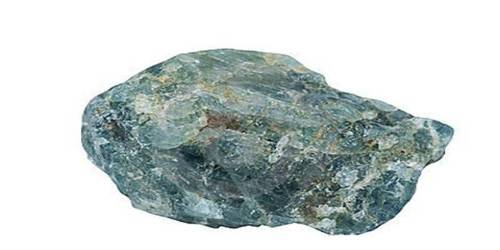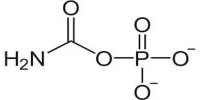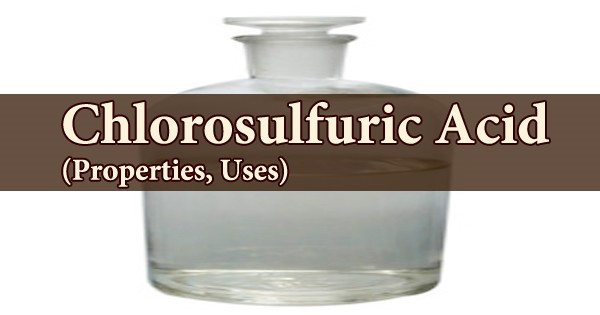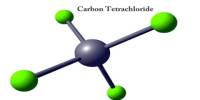An apatite is a group of phosphate minerals, usually referring to hydroxylapatite, fluorapatite, and chlorapatite, with high concentrations of OH−, F−, and Cl− ions, respectively, in the crystal. The primary Apatite group includes Fluorapatite, Chlorapatite, and Hydroxylapatite. The three are usually considered together due to the difficulty in distinguishing them in hand samples using ordinary methods. The formula of the admixture of the four most common endmembers is written as Ca10(PO4)6(OH, F, Cl)2, and the crystal unit cell formulae of the individual minerals are written as Ca10(PO4)6(OH)2, Ca10(PO4)6F2 and Ca10(PO4)6Cl2.
Apatite is the name of a group of phosphate minerals with similar chemical compositions and physical properties. Specimens with excellent clarity and color are sometimes cut as faceted gemstones. Those with good color and translucence are cut as cabochons.
General Information
- Category: Phosphate mineral
- Formula: Ca5(PO4)3(F, Cl, OH)
- Crystal system: Hexagonal
- Crystal class: Dipyramidal (6/m).
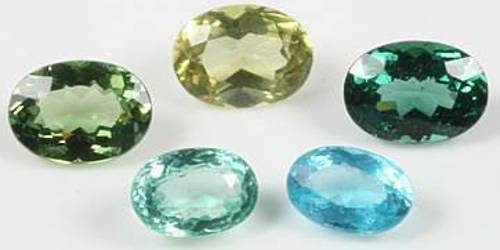
Properties
Apatite is one of a few minerals produced and used by biological micro-environmental systems. Apatite is the defining mineral for 5 on the Mohs scale. Hydroxyapatite, also known as hydroxyapatite, is the major component of tooth enamel and bone mineral. A relatively rare form of apatite in which most of the OH groups are absent and containing many carbonates and acid phosphate substitutions is a large component of the bone material.
- Color: Transparent to translucent, usually green, less often colorless, yellow, blue to violet, pink, brown.
- Crystal habit: Tabular, prismatic crystals, massive, compact or granular
- Fracture: Conchoidal to uneven
- Mohs scale hardness: 5
- Luster: Vitreous to sub resinous
- Streak: White
- Diaphaneity: Transparent to translucent
- Specific gravity: 3.16–3.22.
Uses
The primary use of apatite is in the manufacture of fertilizer – it is a source of phosphorus. It is occasionally used as a gemstone. Green and blue varieties, in finely divided form, are pigments with excellent covering power.
During digestion of apatite with sulfuric acid to make phosphoric acid, hydrogen fluoride is produced as a byproduct of any fluorapatite content. This byproduct is a minor industrial source of hydrofluoric acid.
Occurrence
Apatite forms under a wide variety of conditions and is found in igneous, metamorphic, and sedimentary rocks. The most important deposits of apatite are in sedimentary rocks formed in marine and lacustrine environments.
Apatite occasionally occurs as well-formed hexagonal crystals in hydrothermal veins and pegmatite pockets. These crystals often have a very high clarity and a vivid color and have been cut into gems for collectors. Mineral collectors also enjoy these well-formed apatite crystals, and the prices paid for them often exceeds their value as gem rough.
Information Source;
